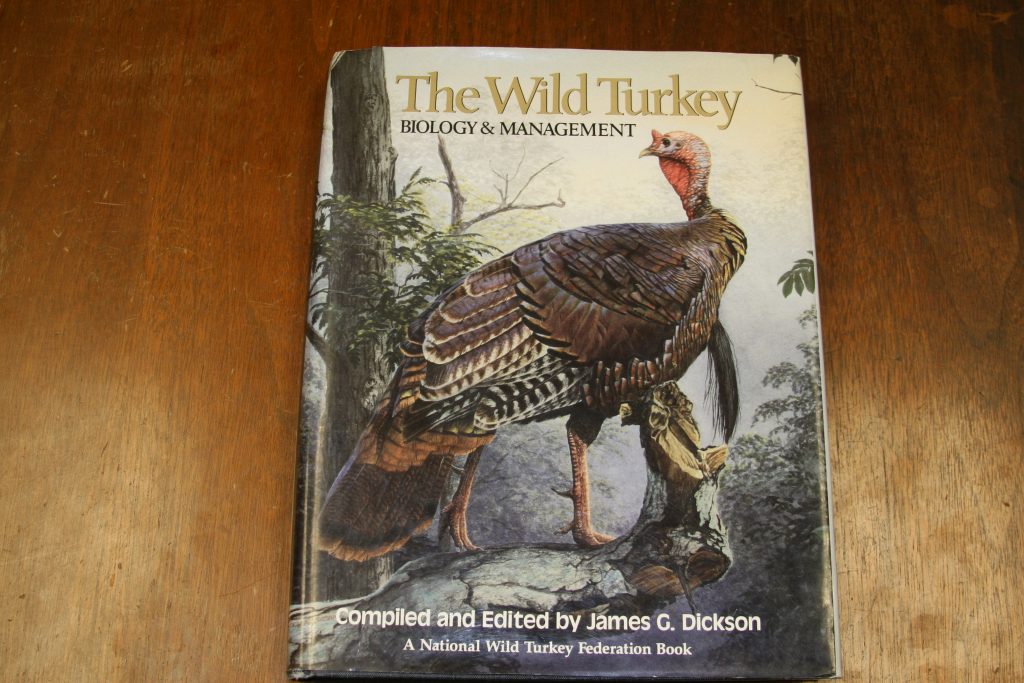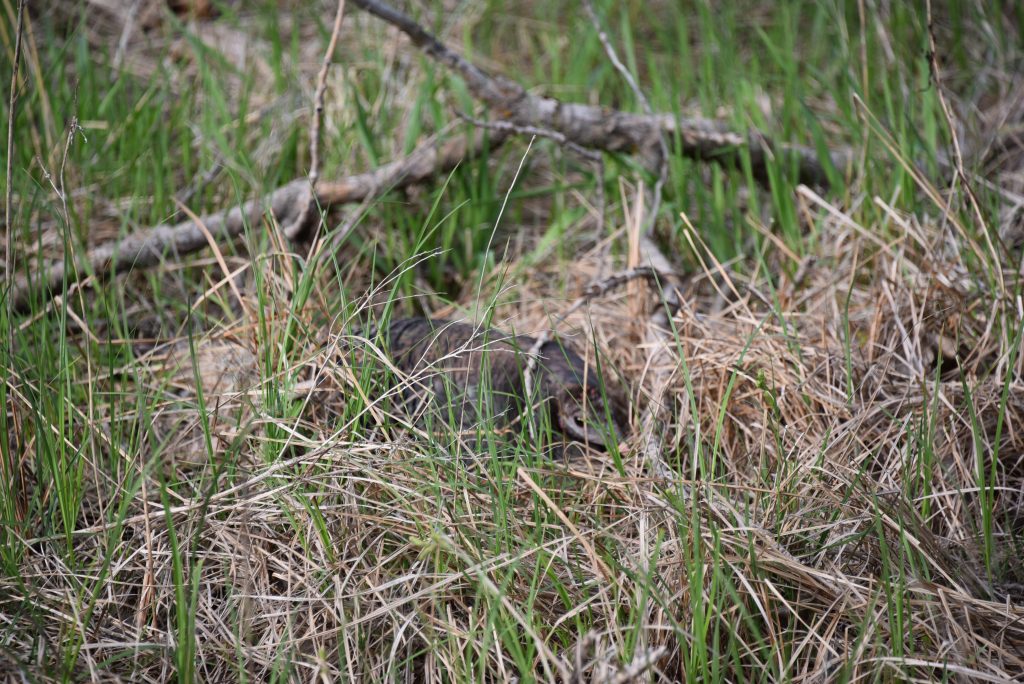Turkey Futures
All of us should be investing in good nesting and brood-rearing habitat.
Reproduction is important to any successful species, including the wild turkey.** Hen nesting success and poult survival are critical to healthy populations. Overall, about 50 percent or fewer hens successfully nest each year.
Mature hens are more successful than immature (year-old) hens. Overall, about half or fewer of nests successfully hatch poults. And the mortality gauntlet continues for new poults. About half or fewer survive the first two weeks of life, the period before they can fly up to roost at night.
Nest and poult predators are myriad. Raccoons and skunks show up consistently. Snakes, especially rat snakes which have a penchant for eggs and vulnerable young animals, are included. Add ravens and crows, and raptors such as hawks and owls. Turkey embryos have been documented in wild hog stomachs and hog numbers are increasing. I could probably add house cats as predators of new suburban turkey populations. The list goes on.
Hens nest on the ground, incubating eggs almost continuously for about a month. Then, hens roost on the ground with their brood for another two weeks until the poults can fly up to a roost limb with her. Hens on the ground guarding the nest or poults are vulnerable to predators.
Viable turkey populations support reasonable hunting harvest. So, here are some reproductive characteristics. Most of these observations come from information in book “The Wild Turkey: Biology and Management.” Along with the best turkey biologists, I pulled together and synthesized our knowledge of the wild turkey. Data from research since then hasn’t deviated much from what we presented.

Best for the Brood
Optimum wildlife habitat is often thought of as mature woods, with lots of big trees, dominant canopies, oaks, acorns and other hard mast for which turkeys scratch for and consume. This is good fall and winter habitat for wild turkeys and many other species of wildlife. Turkey flocks thrive during fall and winter in mature forest stands.
Spring and summer habitat is important as well. Nesting habitat is variable. Hens may nest in mature woods, shrub habitat, or in open fields or meadows, such as hay fields. Most nests are near some form of structure, such as a tree, limbs, brush, a rock, etc. Hens start incubating after about half of their clutch of eggs has been laid. This results in a brief interval between some embryos hatching and developing. Typically, it takes about two days for a full clutch of about 10 hatching turkey embryos to cut their way out of the large end of their eggshell with their egg tooth, dry off, and imprint on their siblings and mother hen. Initially, new poults get nutrition from a yolk sac. Then they go hunting, never to return to the nest.

The brood hen does not feed them, but leads them, ideally, to good hunting grounds, while avoiding the many predators that would love a young poult snack. Gobblers play no role in assisting these developing offspring.
Newly hatched poults grow fast. That requires consuming protein from small critters. Newborn poults’ diets consist primarily of animal matter. New hatchlings, young poults out of the nest, feed almost exclusively on bugs – mainly arthropods, including insects. We don’t usually think of small poults as predators, but they are fierce predators on small bugs that are slow enough for them to catch and small enough for them to eat whole or tear apart.

Hens nest on the ground and incubate their nest about a month
Grasshoppers, sow bugs and spiders, for example, are fair game for gangs of marauding hungry poults. Fair chase takes on a new meaning for fleeing grasshoppers and butterflies.
What may be good habitat for fall and winter turkeys is inadequate for young poults. Recently hatched poults starve to death foraging in hardwood leaf litter. Short, herbaceous grassforb habitat supports small invertebrates and is appropriate brood habitat. The best brood habitat is usually thought of as grasses and forbs taller than the poults but shorter than the vigilant hen looking for predators. But it can’t be too dense for the poults to walk through. Hen and her poults often forage near cover such as brushy stands. Fallow fields, meadows, rights of ways, clear-cuts and the like can be appropriate brood habitat. The problem with grass-forb habitat is that in a few years it naturally succeeds to a less-suitable, woody shrubby stage. Maintaining short, grass-forb, brood habitat is the challenge.
A Landowner’s Challenge
What can land managers do to assist turkeys in this critical nesting and brood phase? Predator control usually has limitations, and some considerations may be illegal. Direct control effects on target populations may be minimal. Control is difficult to maintain long-term and the scale is usually too small. But, if there is one target species, I would pick raccoons, which are effective foragers. I see racoon tracks in every mud hole.
There are other things that we can do. If you artificially feed, install game cameras to see what you are feeding. The main benefactors may be turkey predators such as raccoons, hogs and crows.
Don’t shoot hens. They are a critical resource. Several studies have documented illegal hunter hen mortality in spring gobbler-only seasons. If you have areas where hens nest, delay activities such as mowing hay fields until pouts hatch. That is about mid-May at I-20 latitude (largely South Carolina to southwest Texas) and weeks later to the north. Keep in mind what quality brood habitat looks like and try to maintain that. Mowing, disking and burning can maintain that grass-forb habitat from succeeding to less desirable woody brush.
If you flush a hen off the nest, leave it alone. Don’t keep checking it. Early in the laying cycle, hens will usually abandon a nest if disturbed. They might re-nest later. A hen flushed later, closer to hatching time, often returns to complete her incubation duties.
Take every opportunity to check out, from a distance, hens and their broods in summer. They are our turkey futures. Think of ways you can invest in those futures.

